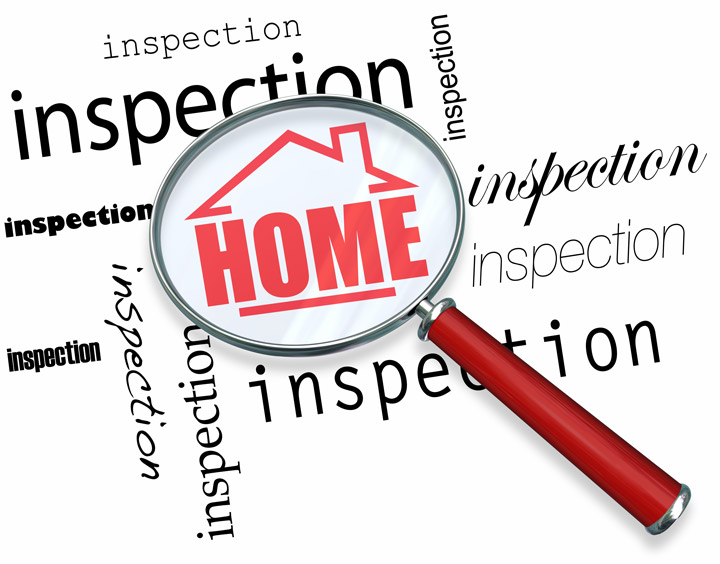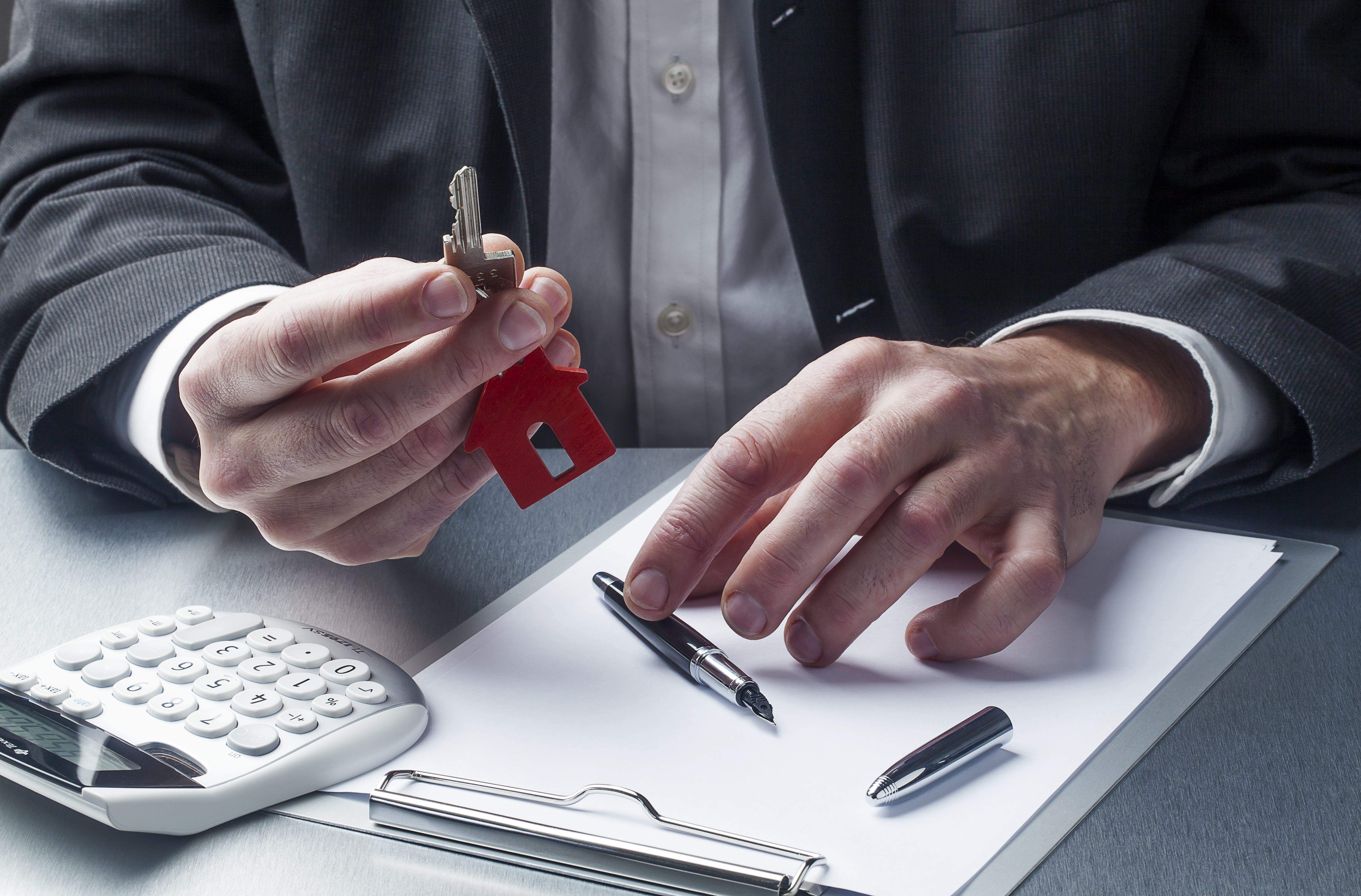
Real Property Appraisals: A PrimerBuying a house is the largest transaction many people will ever consider. It doesn't matter if where you raise your family, a second vacation property or a rental fixer upper, the purchase of real property is a detailed financial transaction that requires multiple people working in concert to make it all happen. It's likely you are familiar with the parties having a role in the transaction. The most known face in the exchange is the real estate agent. Then, the mortgage company provides the money necessary to bankroll the transaction. The title company makes sure that all aspects of the transaction are completed and that the title is clear to pass from the seller to the purchaser. So, what party makes sure the real estate is worth the purchase price? In comes the appraiser. We provide an unbiased estimate of what a buyer might expect to pay — or a seller receive — for a property, where both buyer and seller are informed parties. A licensed, certified, professional appraiser from Toone Appraisals will ensure, you as an interested party, are informed. The inspection is where an appraisal beginsTo determine an accurate status of the property, it's our responsibility to first conduct a thorough inspection. We must see aspects of the property hands on, such as the number of bedrooms and bathrooms, the location, and so on, to ensure they indeed are there and are in the condition a reasonable person would expect them to be. To ensure the stated square footage has not been misrepresented and describe the layout of the home, the inspection often includes creating a sketch of the floorplan. Most importantly, we look for any obvious features - or defects - that would have an impact on the value of the house. Next, after the inspection, an appraiser uses two or three approaches to determining the value of the property: a sales comparison, a replacement cost calculation, and an income approach when rental properties are prevalent. 
Replacement CostHere, we use information on local building costs, the cost of labor and other factors to calculate how much it would cost to build a property nearly identical to the one being appraised. This estimate often sets the upper limit on what a property would sell for. The cost approach is also the least used method. 
Sales ComparisonAppraisers get to know the communities in which they appraise. They thoroughly understand the value of certain features to the people of that area. Then, the appraiser looks up recent sales in close proximity to the subject and finds properties which are 'comparable' to the home at hand. By assigning a dollar value to certain items such as upgraded appliances, extra bathrooms, additional living area, quality of construction, lot size, we adjust the comparable properties so that they are more accurately in line with the features of subject.
An opinion of what the subject could sell for can only be determined once all differences between the comps and the subject have been evaluated. When it comes to valuing features of homes in Pine and Gila, Toone Appraisals is second to none. This approach to value is most often awarded the most weight when an appraisal is for a home sale. Valuation Using the Income ApproachA third way of valuing real estate is sometimes applied when a neighborhood has a measurable number of renter occupied properties. In this situation, the amount of income the property yields is factored in with income produced by nearby properties to determine the current value. The Bottom LineExamining the data from all applicable approaches, the appraiser is then ready to put down an estimated market value for the property in question. Note: While the appraised value is probably the most accurate indication of what a house is worth, it probably will not be the final sales price. Prices can always be driven up or down by extenuating circumstances like the motivation or urgency of a seller or 'bidding wars'. But the appraised value is often used as a guideline for lenders who don't want to loan a buyer more money than the property is actually worth. The bottom line is, an appraiser from Toone Appraisals will help you attain the most fair and balanced property value, so you can make the most informed real estate decisions. |